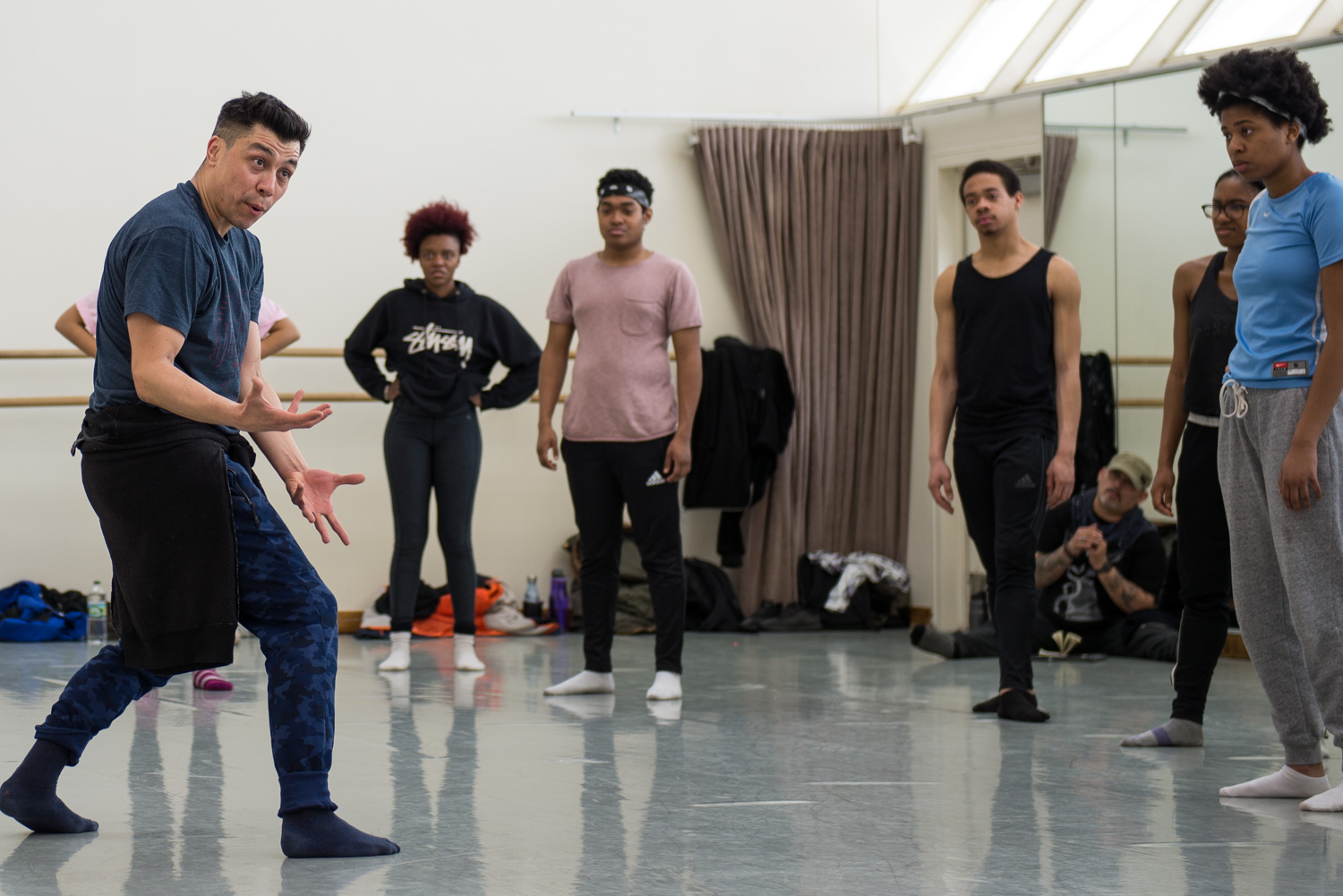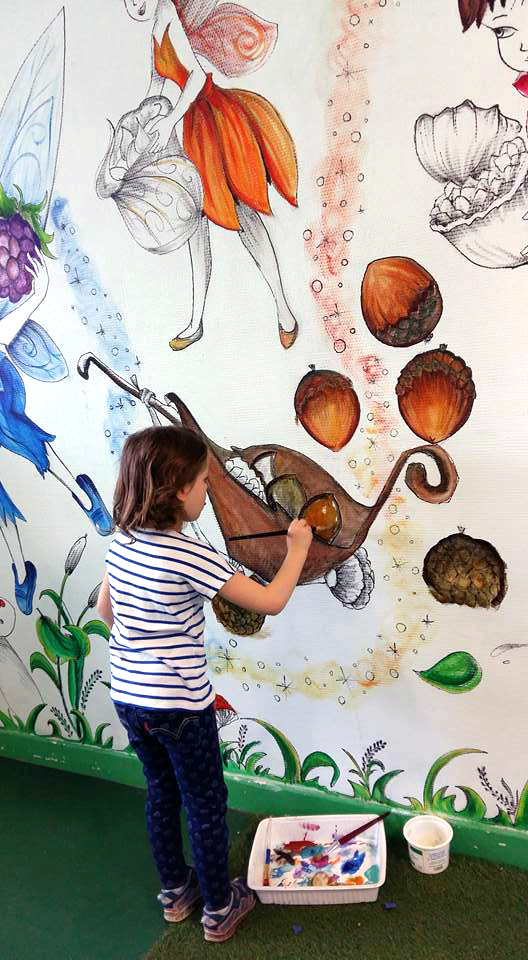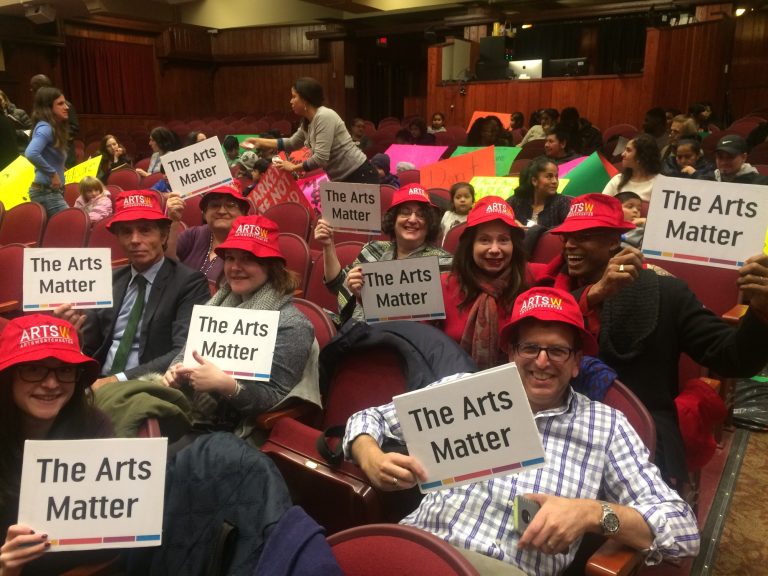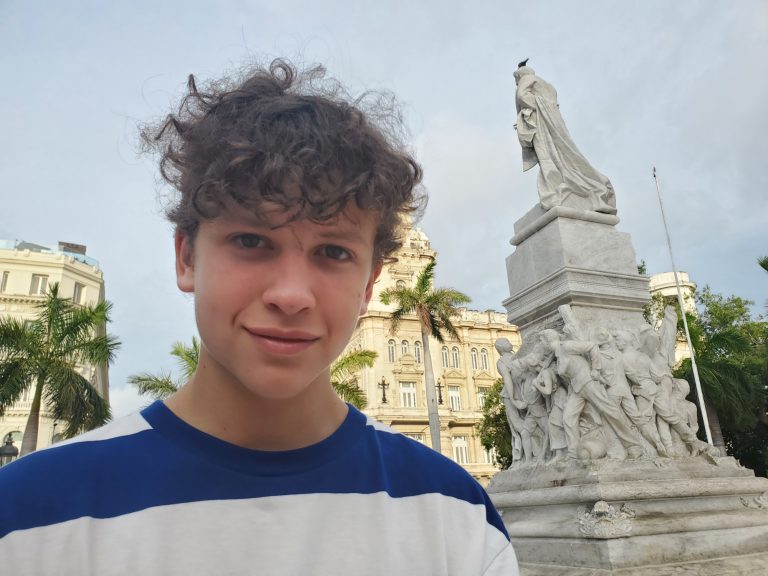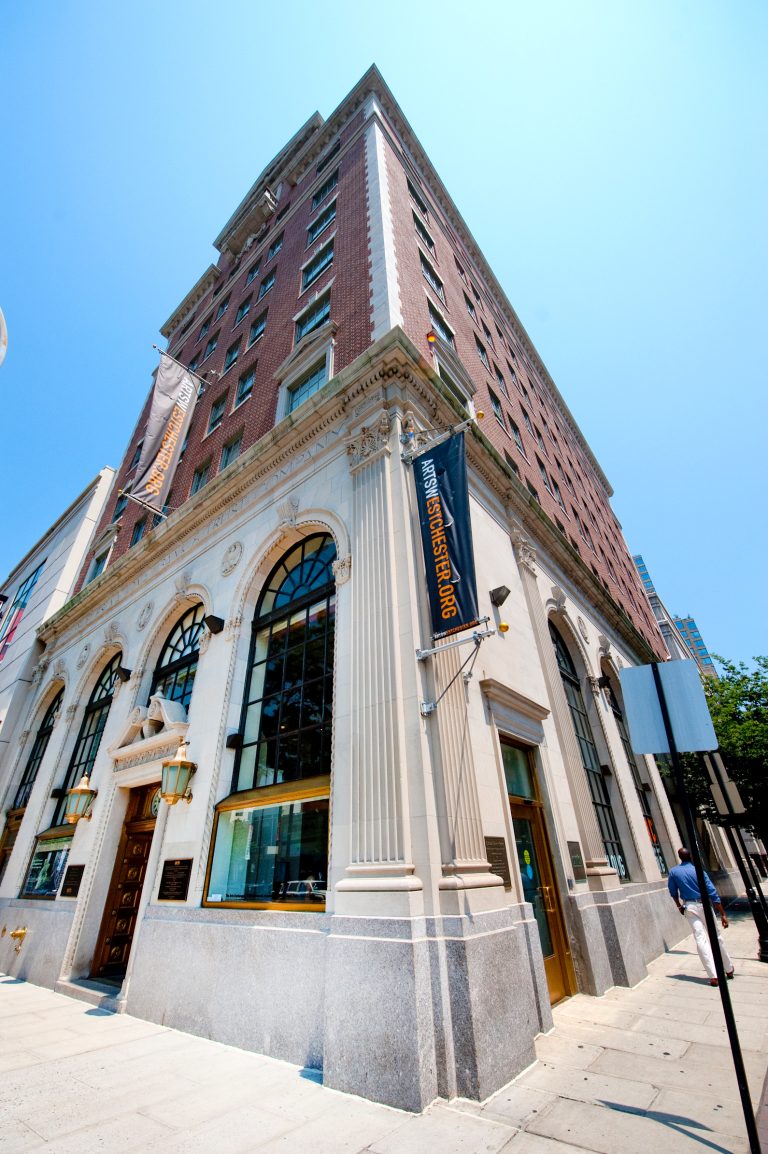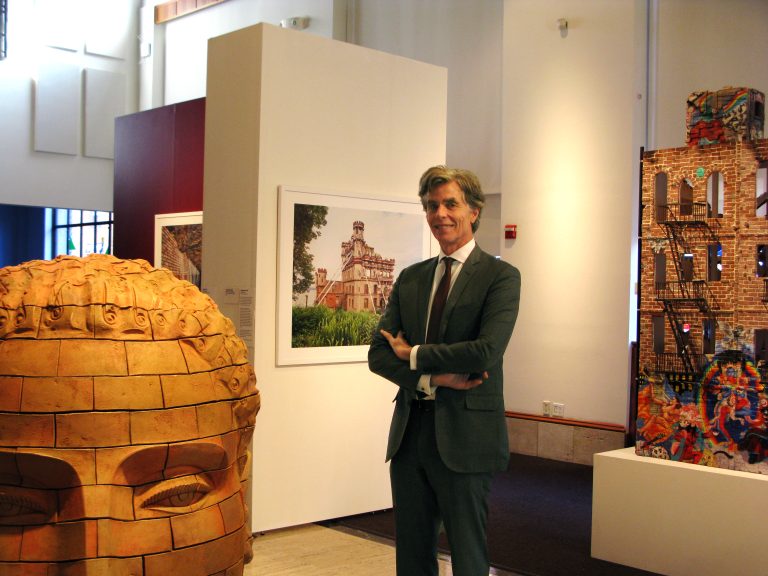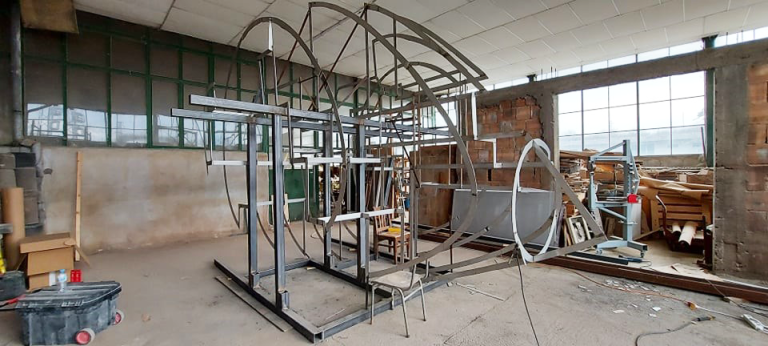Putting Our Best Foot Forward
by Mary Alice Franklin, ArtsNews Editor
For most performing arts organizations, the COVID-19 pandemic has resulted in either a “virtual” fall season, or no season at all. However, for the Performing Arts Center at Purchase College (PAC), it will mean the creation of new works.
In March, arts organizations found themselves canceling and replanning events due to COVID-19. Fast-forward to October: indoor events are still not permitted by New York State. Ultimately, PAC canceled their 2020 fall season as well. Rather than planning and replanning events, they decided to shift focus. Director Seth Soloway’s vision for the Center is for it to operate not only as a presenter of events, but also as a maker of new works. This was true before the pandemic. So with a schedule that operates three-to-four years in advance, this is a process that PAC has been able to nurture, even during the past several months.
Roadblocks and Hurdles
Of course, like many other arts organizations, PAC has faced its fair share of hiccups along the way. Scheduled commissions didn’t get their premiere last season. During the canceled fall season, more works-in-development will sadly miss their premieres. Yet more works set for the future are also lacking a timeline. These commissions will still turn into public presentations once things pick up – given the availability of artists. Soloway laments: “Some of these companies may not even be here anymore when the dust settles.”
Bringing the Process to Life
In non-COVID times, artists who have been commissioned for new works, often choreographers, come to the Purchase campus and stay for several weeks. While there, they engage with the students and community as they create their new piece. “Having artists come in at 3pm, have a sound check and do a performance before leaving just didn’t feel responsible…PAC is uniquely positioned to provide more, and to give students a means of feeling like a community,” Soloway explains. Instead of a hit-and-run approach, at PAC the artists stay.
Typically, commissioned artists participate in master classes, Q&As, and open rehearsals, all of which give rich context to the work that is being created. Last season, choreographer Doug Varone even used students from the school’s Conservatory of Dance in his final performance. These engagement-based activities all bring the art-making process to PAC rather than only the final, polished performance.
In March, Soloway was left asking: “How does a performing arts center build that same type of relationship with these artists virtually?” Luckily, the groundwork had been laid out for them. “Many of the activities we would do in person could easily be replicated for an online platform. We had built relationships with several artists already, so that’s how we started to pivot,” he explains. The Center brought online its “PAC in Your Living Room” series, which aims to create that “means of feeling like a community” that Soloway mentioned. It provides curated content, live interviews and glimpses into artists’ processes.
Engaging the Community in the Time of COVID and Beyond
Soloway praised ArtsWestchester for being “the first to step up” when it came to adjusting the terms of their Project Support grant. Working hand-in-hand with the organization, they were able to adjust the terms of the grant in order to make existing virtual programs more robust. With the awarded funds, they will be able to extend the relationships they’ve developed, which will allow them to hit the ground running once things go back to “normal.”
The PAC will focus heavily on providing community engagement-based content for virtual platforms this fall. Their plan is to build up their artistic partnerships to a place where they can slowly bring artists – like Victor Quijada and John Higginbotham – back to campus. This will allow them to create commissioned projects that PAC can eventually share with the public. The hope is for the Center, and the artists, to be ready to return in the spring.
“I had to think through how to prepare for the unknown. So my goal is to just make sure that, in some form, we’re ready to do the things that are most core to who we are. It will probably take us a while to have a full slate of programming again, but if we can at least have our commissions in the hopper, and we can come back slowly with something significant, then I’ll feel like we’ve put our best foot forward.”
A version of this article first appeared in the August issue of ArtsNews, ArtsWestchester’s monthly publication. ArtsNews is distributed throughout Westchester County. A digital copy is also available at artsw.org/artsnews.

